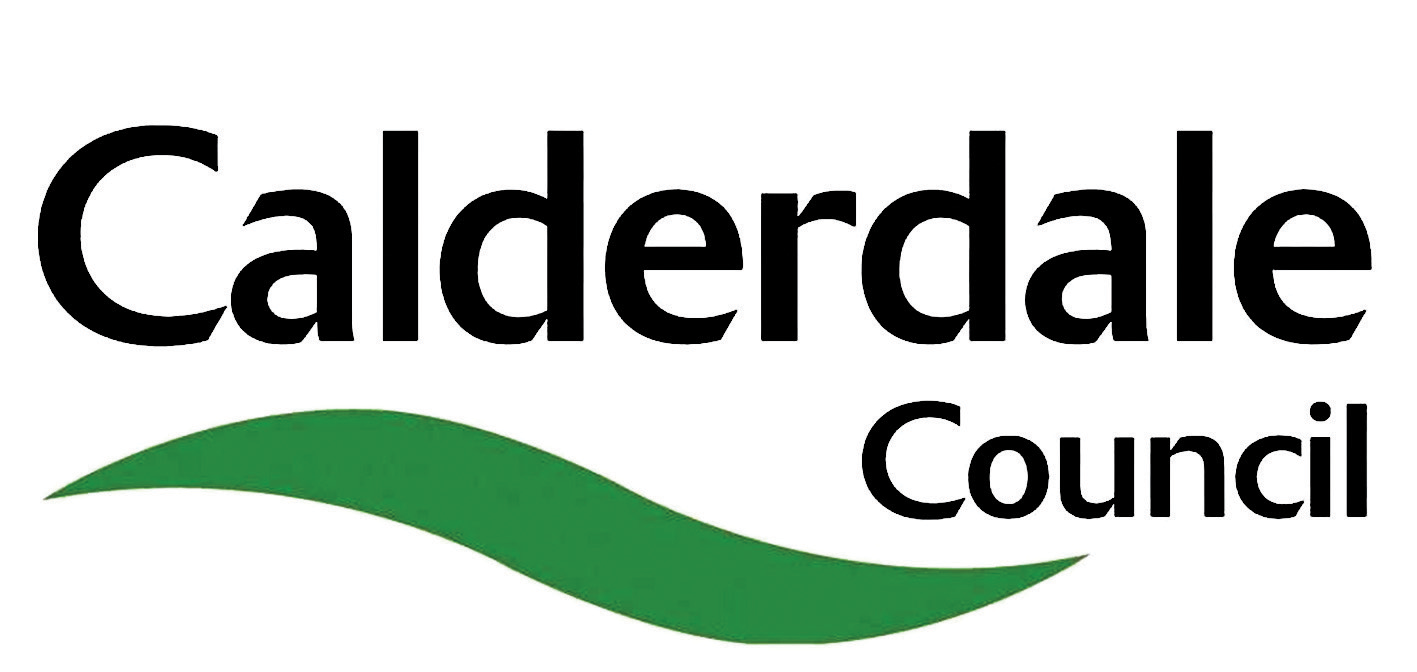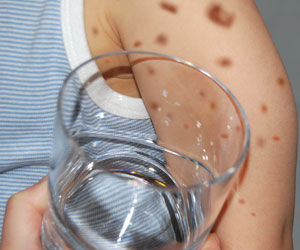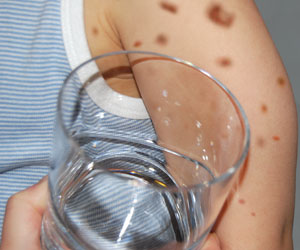Babies and toddlers are most vulnerable as they cannot easily fight infection because their immune system is not yet fully developed. They can’t tell you how they are feeling and can get a lot worse very quickly. Keep checking them.
Meningitis is a swelling around the brain. It is a very serious, contagious illness, but if it is treated early most children make a full recovery.
Sepsis (often called septicaemia or blood poisoning) is a life threatening condition triggered by an infection. The skin may also develop pinprick bruises or large purple areas, which do not change colour if you roll a glass tumbler over them. This is a common sign of meningococcal septicaemia, a type of blood poisoning caused by the meningococcus bacteria, which can also cause meningitis.
You should always treat any case of suspected meningitis or septicaemia as an emergency.
Early signs may be like having a cold or flu. Children with meningitis can become seriously ill very fast, so make sure you can spot the signs. Your child may have a cluster of red or purple spots. Do the glass test. This rash can be harder to see on darker skin, so check for spots over your baby or child’s whole body as it can start anywhere (check lightest areas first). However, the rash is not always present - be aware of all the signs/symptoms.
The presence of fever and any other of the above symptoms should be taken extremely seriously. Not all children will show all the signs listed.












